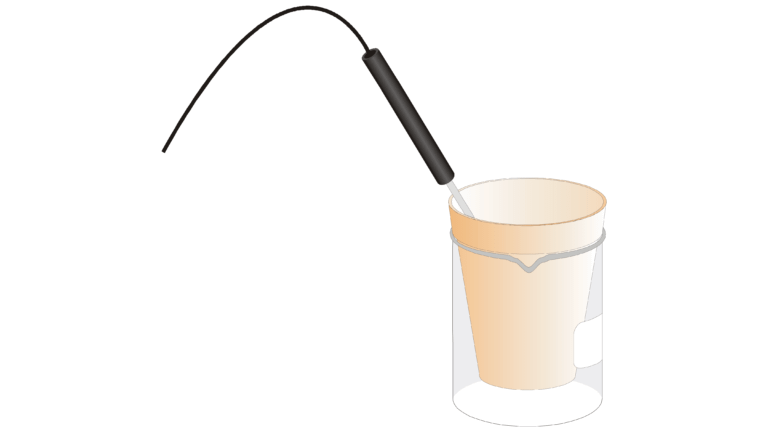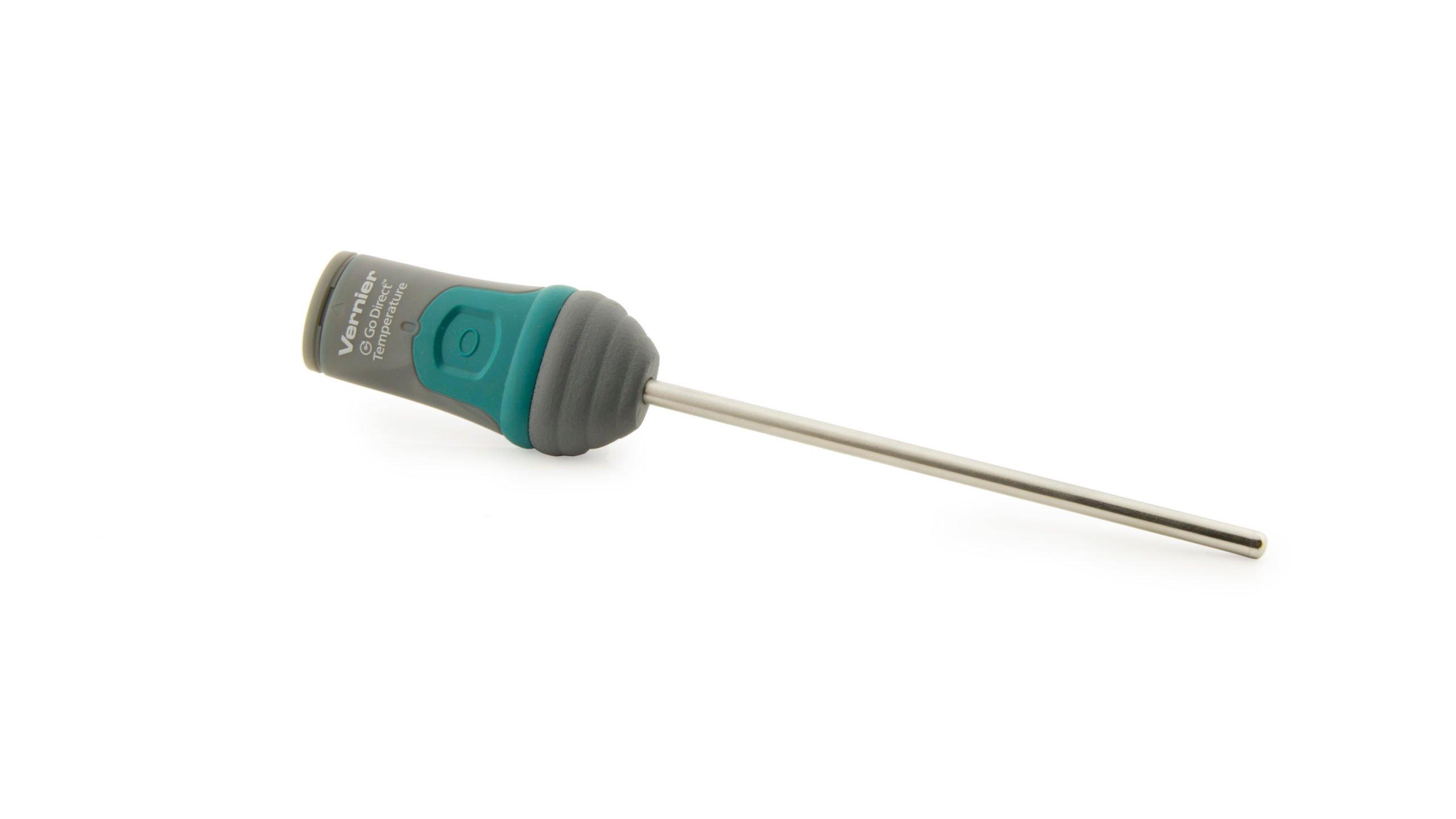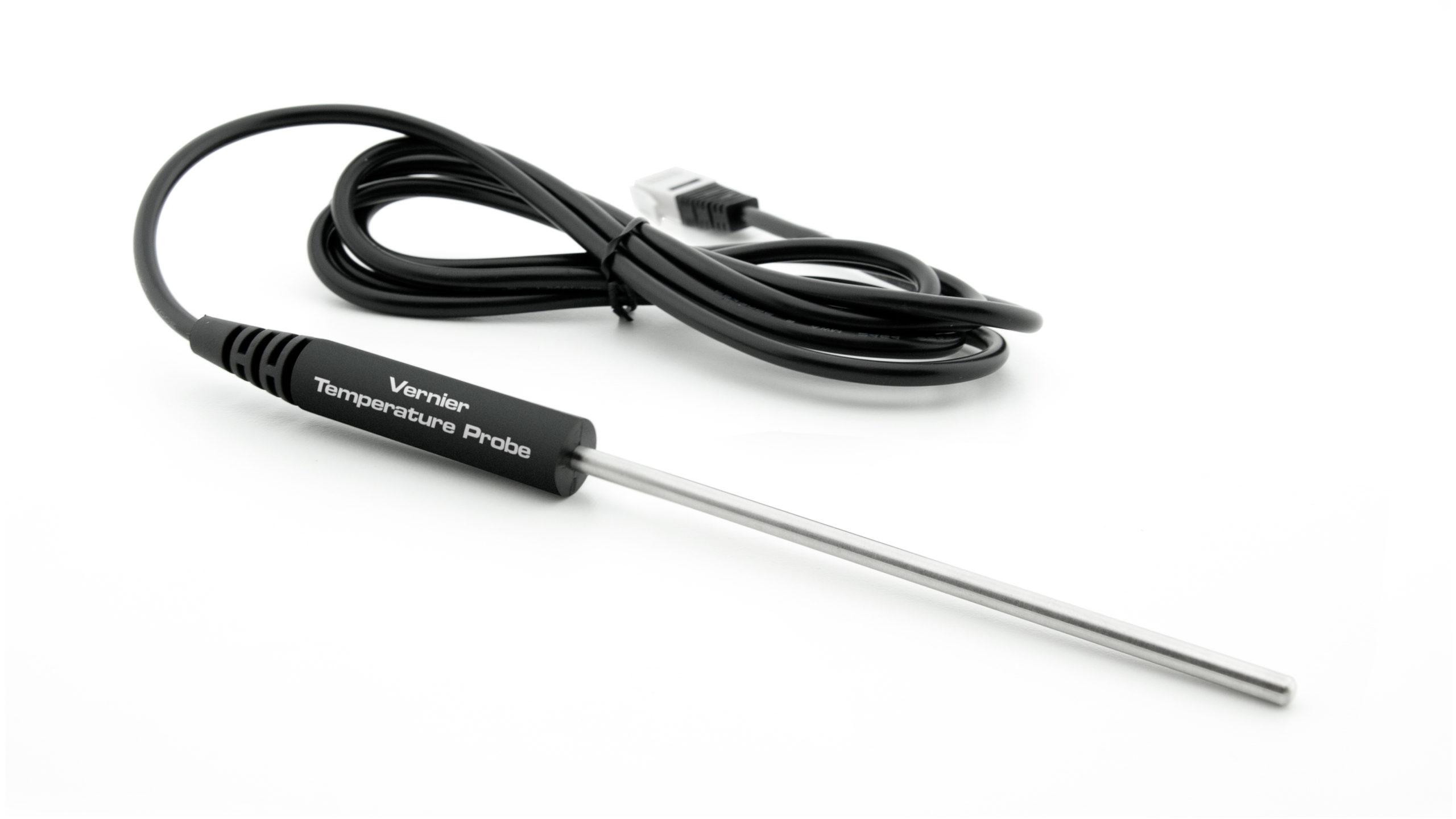
Introduction
Heat can be defined as energy transferred between matter because of differences in temperature. The ability of matter to transfer heat depends on its mass and temperature. A calorimeter is an instrument used to measure changes in heat energy. You can make a simple calorimeter using a Styrofoam cup to contain water, a beaker for more insulation and support, and a Temperature Probe to measure temperatures. The joule (J) is the SI unit for heat energy. An equation that can be used to calculate change in heat energy is
where H = heat absorbed or released (in J), Δt = change in temperature (in °C), m = mass (in g), and Cp = specific heat capacity (4.18 J/g°C for water).
Objectives
In this experiment, you will
- Construct and use a simple calorimeter.
- Measure temperature.
- Mix cold and warm water.
- Determine heat lost by cooling water.
- Determine heat gained by warming water.
- Compare heat lost by cooling water and heat gained by warming water.
Sensors and Equipment
This experiment features the following sensors and equipment. Additional equipment may be required.
Option 1

Correlations
Teaching to an educational standard? This experiment supports the standards below.
Ready to Experiment?
Ask an Expert
Get answers to your questions about how to teach this experiment with our support team.
- Call toll-free: 888-837-6437
- Chat with Us
- Email support@vernier.com
Purchase the Lab Book
This experiment is #7 of Physical Science with Vernier. The experiment in the book includes student instructions as well as instructor information for set up, helpful hints, and sample graphs and data.


